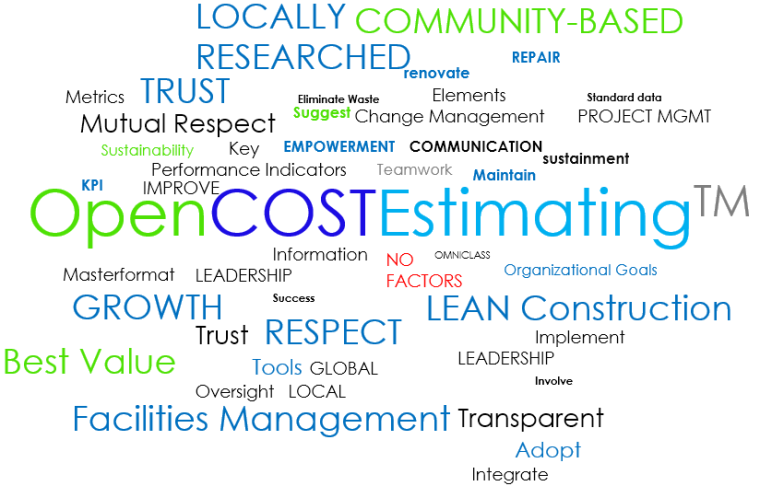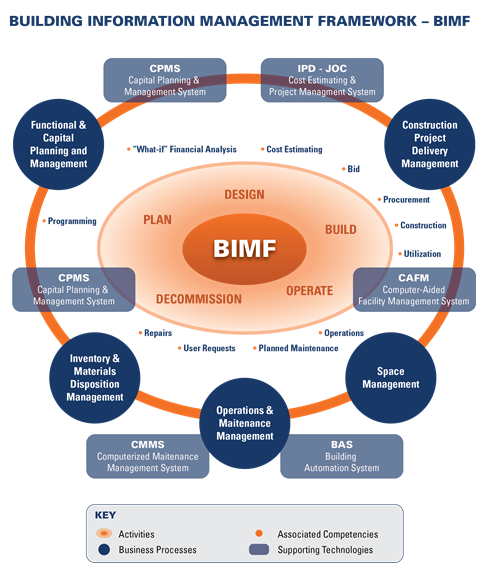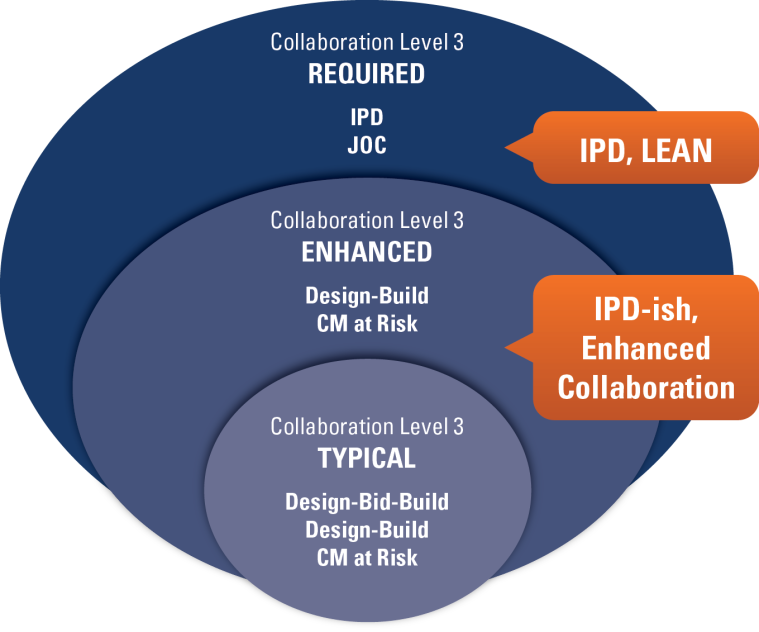Are Construction Cost Estimators an Obstacle to Efficient Project Delivery and BIM?
Even today, most construction cost estimators continue to rely exclusively upon spreadsheets, despite well documented issues with the practice.
Are you a cost estimator, a software developer, or a cost estimator that develops software for others to use? Good dedicated cost estimating software programs are successful for a reason. They improve one or more of the following; productivity, consistency, transparency, and/or collaboration. They do NOT limit creativity, but simply provide a more robust environment.
That is not to say that both a spreadsheet approach – Excel, Excel with a database (Access, etc.) Google Spreedsheets, et a – and dedicated cost estimating/project management software do not have limitations. Any objective comparison can easily reveal associated pros and cons. One solution is NOT better than the other, and associated arguments in this realm are for novices.
A one were to analyze the market, it not surprising that most estimators use spreadsheets (w or w/o database support). That said, it’s a statistical result, as most estimators also work independently and/or on smaller jobs, and/or do a limited number of estimates, and/or work in relatively specialized areas. Thus, while most good cost estimating software applications share many of the characteristics/features found within spreadsheets, yet add higher levels of security, error detection/correction/prevention, collaboration, information updating and reuse… they are simply not needed by estimators in the above noted categories.
However, what about the folks who clearly should NOT be working in spreadsheets? The ones that do a high number of estimates, and/or need to collaborate, and/or who need to perform rapid estimate comparision, and/or easily update and/or reuse cost estimates etc. A significant percentage of cost estimators continue to exclusively use spreadsheets, and/or develop their own software when this is contrary to their benefit and/or their organizations and/or clients benefit.
Why? Is it because they are afraid and/or unwilling to share information? Are they afraid of advanced technologies? Are they simply from a generation incapable of change?
My thought is that many construction cost estimators, just like many architects, engineers, contractors, and owners are “victims” of their environment. That environment is shaped by impractical, inefficient, and antagonistic construction delivery methods such as design-bid-build, and even the somewhat improved design-build.
Until Integrated Project Delivery – IPD, Job Order Contracting – JOC, and similar collaborative construction delivery methods are recognized for their true value, little positive change will occur within the AEC or AECOO community.
Thus BIM, the life-cycle management of the built environment, with also be stalled until collaborative construction delivery methods become mainstream. In this regard, we all must shift from our current “first cost mentality” to decision support systems based upon total cost of ownership and life-cycle costs.






